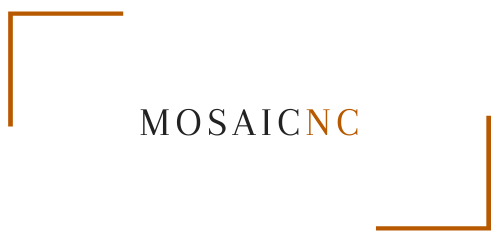Biographical Description
The term Woccon refers to an American Indian nation located along the eastern border between North and South Carolina who spoke Woccon, an Eastern Siouan language. From the 16th to the early 18th century, Woccon speakers lived along the eastern border between North and South Carolina. Woccon speakers first appear in written records in 1521 when mentioned by an American Indian man enslaved by the Spanish in South Carolina named Francisco de Chicora, who referred to the nation as the Guacaya.
Naturalist and surveyor John Lawson met Woccon speakers in 1709 and recorded a portion of their language, which still survives today. At the outbreak of the Tuscarora War in 1711, many American Indians sided with the colonists. However, a smaller portion, including some Woccon speakers, sided with the lower Tuscarora and lost their land as a result. After the Tuscarora War, they continued to have occasional clashes with colonists, including a brief war with South Carolina in 1720.
By the 20th century, the Woccon’s descendants that remained in the area were farming cash crops such as tobacco, much like their white and African American neighbors. Today, two separate tribal groups claim descent from the Woccon speakers: the Waccamaw Sioux and the Cape Fear Band of Skaure and Woccon Indians.
The Waccamaw Sioux, or “People of the Falling Star” is one of the eight American Indian tribes recognized by the State of North Carolina. Situated in present-day Columbus and Bladen Counties, the Waccamaw Sioux are known for their distinctive quilting styles, which draw on the nation's traditional sewing and weaving practices.
The Cape Fear Band of Skarure and Woccon Indians are not recognized by the State of North Carolina. They claim descent from both the Woccon as well as the Tuscarora, or Skarure, a portion of whom they argue remained in North Carolina while other members of the tribe left for New York in the 18th century. Their headquarters are situated in Leland, Brunswick County.
For more information and links to resources, please see our editorial statement on American Indian terminology.
As Sender
Currently there are no documents available where this individual is the sender.
As Recipient
Currently there are no documents available where this individual is the recipient.
Named In
Additional Information
Name Type:

